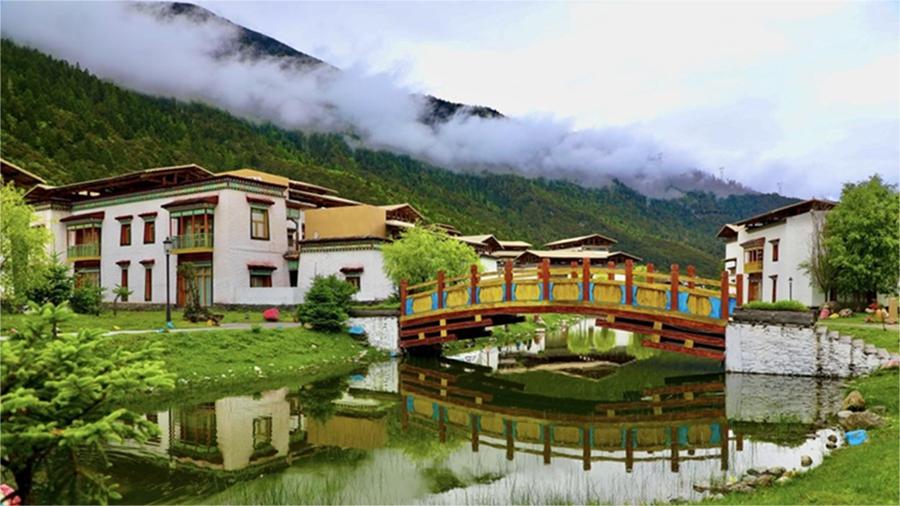Embark on an exciting journey to Hohhot in Inner Mongolia
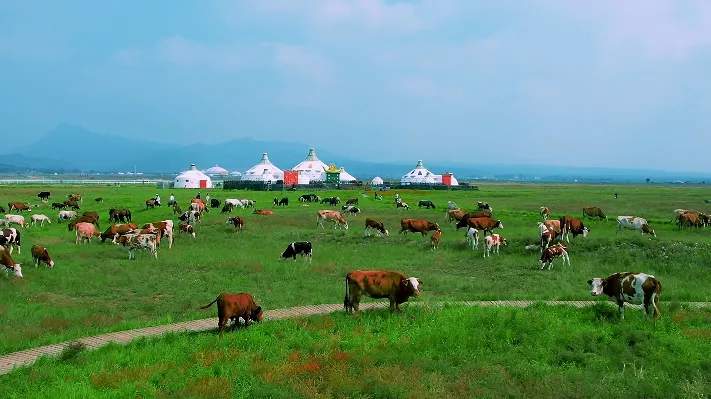
Photo shows the picturesque Chilechuan Grassland in Hohhot, capital of north China’s Inner Mongolia Autonomous Region. (People’s Daily Online/Meng Jiashu)
With a history spanning over 2,400 years, Hohhot, capital of north China’s Inner Mongolia Autonomous Region, has been a melting pot of nomadic and agricultural civilizations for centuries.
Meaning “Blue City” in the Mongolian language, Hohhot is more accessible than ever. Thanks to well-connected infrastructure, including flights and high-speed trains, tourists can easily travel to the region. With just a 2-hour high speed train ride from Beijing, visitors can explore the unique and charming city.

Photo shows the characters “Yes, I Love Hohhot” painted on a wall at a lane in Hohhot, capital of north China’s Inner Mongolia Autonomous Region. (Photo courtesy of the Hohhot municipal bureau of culture, tourism, radio and television)
What’s for breakfast in Hohhot? Have a bite of the famous local delicacy shaomai, a steamed bun with a thin crystal wrapper filled with mutton and in the shape of a flower. A pot of tea is the perfect complement, cutting through the grease.

This photo shows the famous local delicacy shaomai in Hohhot, capital of north China’s Inner Mongolia Autonomous Region.
Want to eat like a local? Visitors can try the duo of shaomai and beizi, a kind of local specialty that looks like a pancake but is bigger and thicker and can be round, square, triangular, or rectangular. Beizi tastes crisp on the outside and soft inside with a strong wheat fragrance. It is a very popular breakfast choice for locals.
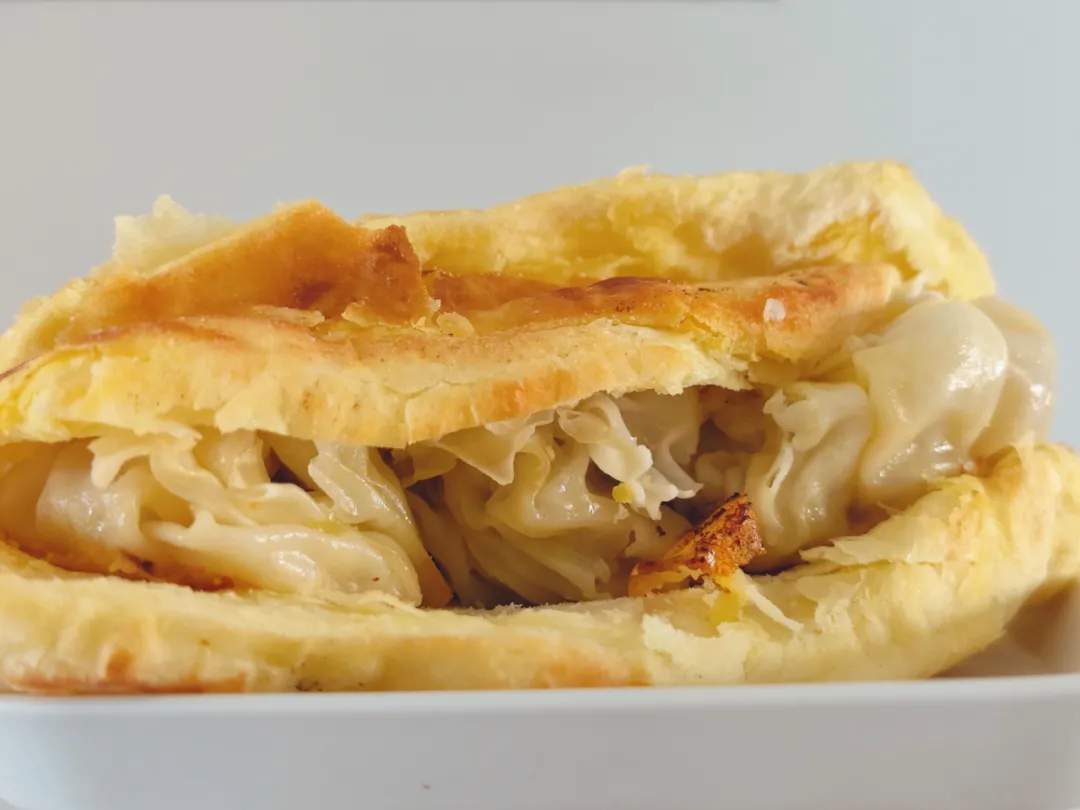
Photo shows shaomai placed between beizi, a kind of local specialty that looks like a pancake but is bigger and thicker, in Hohhot, capital of north China’s Inner Mongolia Autonomous Region. (People’s Daily Online/Zhao Mengyue)
For the adventurous foodies, there's lamb offal soup, also a popular breakfast choice for locals. Mixed with small pieces of tender lamb offal, a glistening layer of red chili oil and cilantro, the soup tantalizes your taste buds. It's a perfect fit for piping hot beizi.
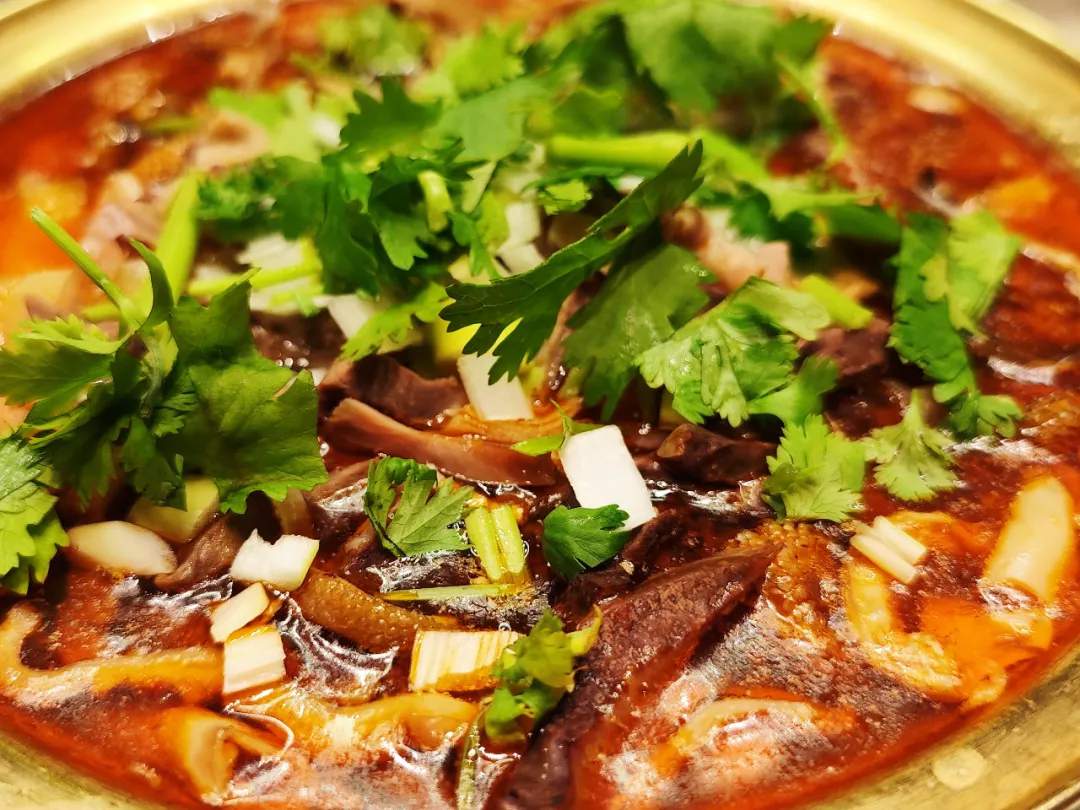
Photo shows lamb offal soup in Hohhot, capital of north China’s Inner Mongolia Autonomous Region. (People’s Daily Online/Zhao Mengyue)
There's more for breakfast in Hohhot. Served with butter, milk tofu, beef jerky, fried millet and salt, Mongolian milk tea is a traditional hot drink enjoyed in the city. It should come as no surprise that locals savor salty milk tea with other foods, including stuffed steamed buns and boiled mutton.
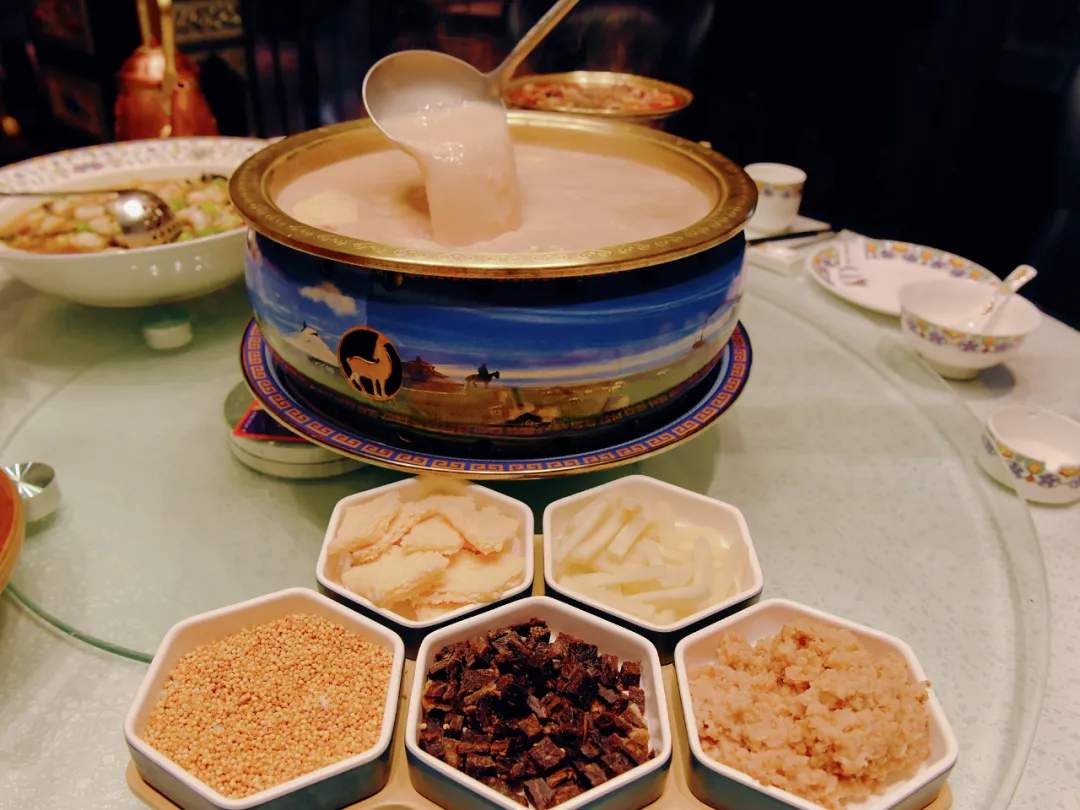
Photo shows Mongolian milk tea in Hohhot, capital of north China’s Inner Mongolia Autonomous Region. (People’s Daily Online/Zhang Xuedong)
In addition to a culinary adventure, visitors can also explore the picturesque natural vistas in Hohhot. The Chilechuan Grassland, over 20 kilometers away from the city’s downtown, is known as the “backyard garden” of the city. The grassland, located at the foot of Daqing Mountain, has taken on a fresh and stunning new look thanks to over 10 years of ecological conservation.
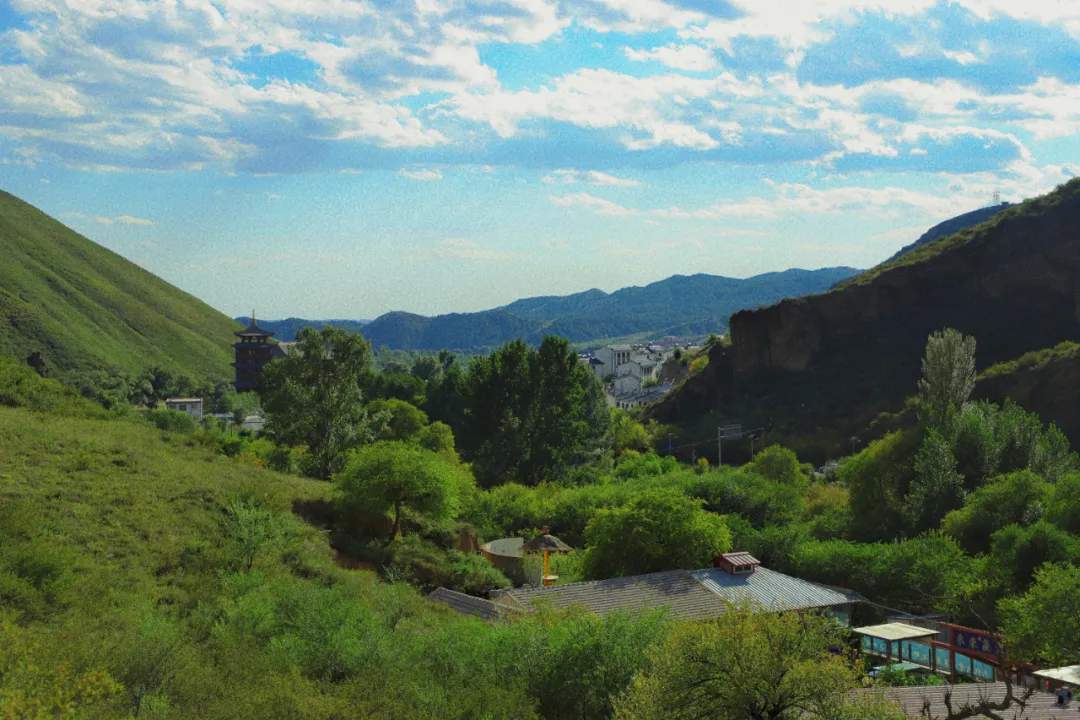
Photo shows the picturesque Daqing Mountain in Hohhot, capital of north China’s Inner Mongolia Autonomous Region. (People’s Daily Online/Zhao Mengyue)
Visitors can enjoy the spectacular sunrise over the sea of clouds on Daqing Mountain. As they climb higher on the mountain, lush green forests stretch as far as the eye can see, and they can enjoy a panoramic view of the city. After walking deep into the mountain, tourists can also stumble upon hidden alpine meadows at the Shengshuiliang scenic area.
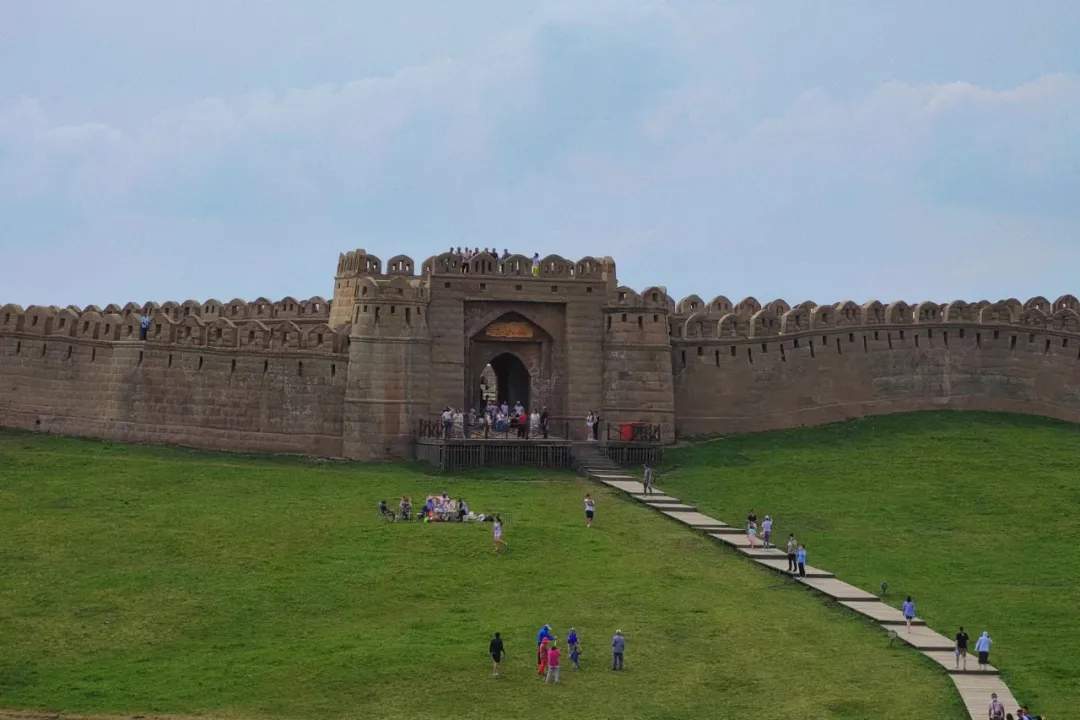
Photo shows the Shengshuiliang scenic area in Hohhot, capital of north China’s Inner Mongolia Autonomous Region. (People’s Daily Online/Zhao Mengyue)
By the riverside of the Daheihe River in Hohhot, visitors can watch a Naadam performance, which is a traditional event featuring wrestling, archery, and horse racing. In addition, the dance party of the Mongolian ethnic group will make visitors’ hearts soar.
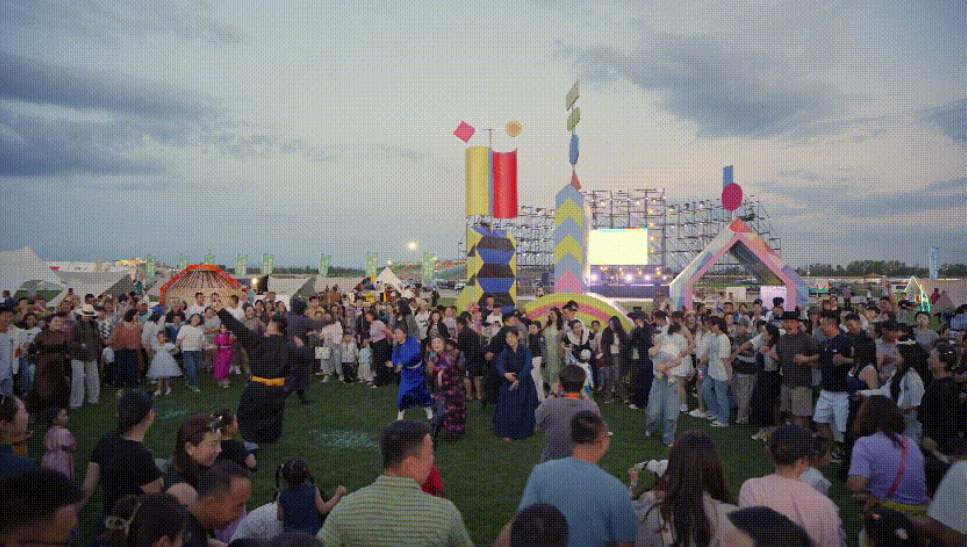
Photo shows tourists and people of the Mongolian ethnic group dancing together in Hohhot, capital of north China’s Inner Mongolia Autonomous Region.
Hohhot has built 32 high-quality camping sites, allowing citizens and tourists to immerse themselves in the stunning scenery of the Daqing Mountain and the Daheihe River.
As night falls, vibrant nightlife attracts tourists to two century-old streets in the city - Saishang Old Street and Kuanxiangzi Food Street. While Saishang Old Street is home to a diverse array of stores selling souvenirs, Kuanxiangzi Food Street has food stalls and shops selling local delicacies and various snacks, including a wide variety of dairy products that are very popular among young people.
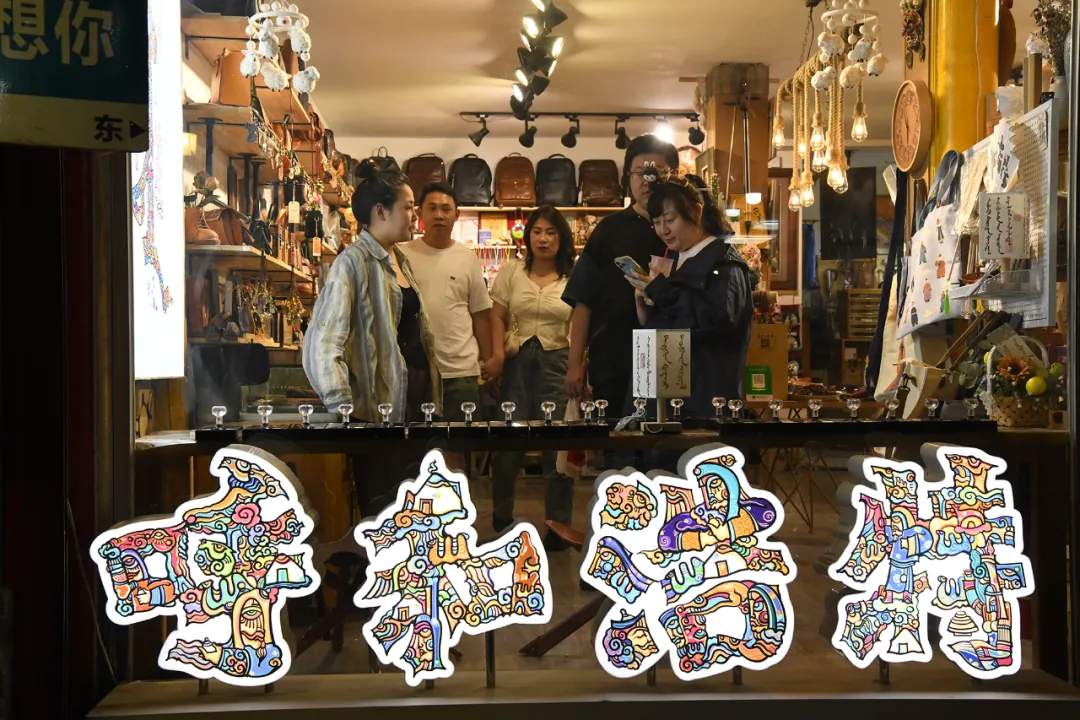
Tourists select souvenirs at a shop in Hohhot, capital of north China’s Inner Mongolia Autonomous Region. (People’s Daily Online/Zhang Xuedong)
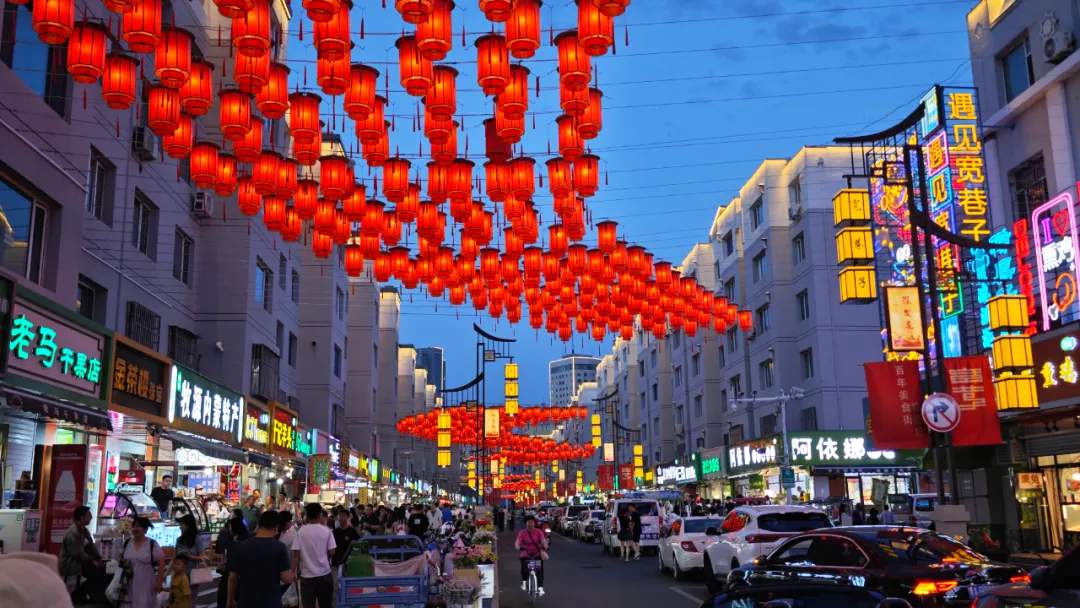
Photo shows Kuanxiangzi Food Street in Hohhot, capital of north China’s Inner Mongolia Autonomous Region. (People’s Daily Online/Zhang Xuedong)
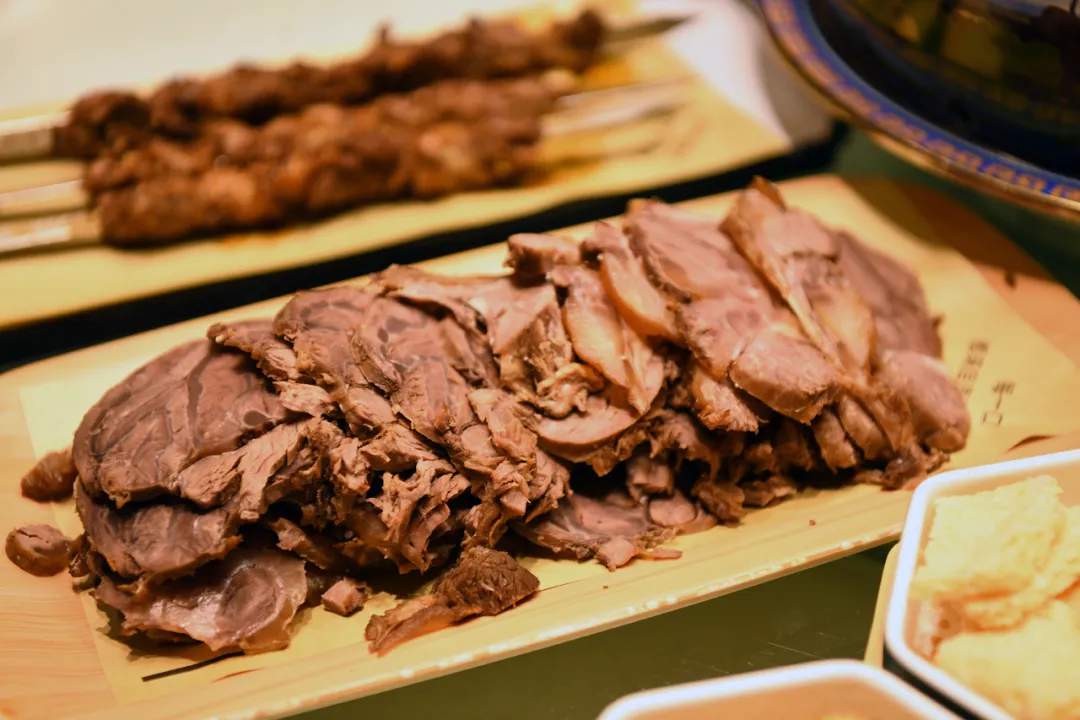
Photo shows a beef dish in Hohhot, capital of north China’s Inner Mongolia Autonomous Region. (People’s Daily Online/Zhao Mengyue)

Photo shows beef jerky in Hohhot, capital of north China’s Inner Mongolia Autonomous Region. (People’s Daily Online/Zhao Mengyue)
Photos
Related Stories
Copyright © 2024 People's Daily Online. All Rights Reserved.






